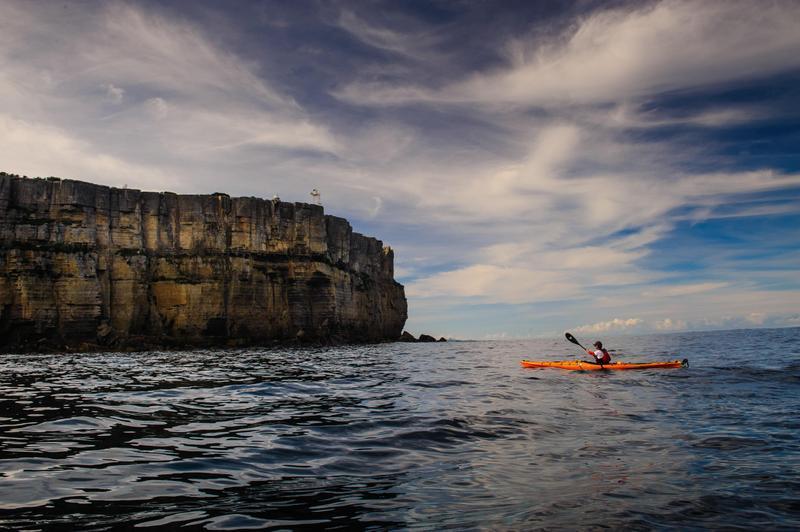7 Interesting Facts About Kayaking
7 Interesting Facts About Kayaking
To assist you with getting ready kayaking season, we’ve assembled 7 realities you most likely didn’t think about the historical backdrop of kayaking:
1. Kayaks are in any event 4,000 years of age.
The historical backdrop of kayaking goes back in any event 4,000 years. In the event that you end up winding up in Munich, Germany, you can see the world’s most seasoned enduring kayaks in the North American segment of the Museum Five Continents. These kayaks are from the year 1577.
2. Kayaks were imagined by the local individuals of Arctic North America.
The primary individuals on the planet to fabricate and utilize kayaks were Inuit, Aleut, and Yup’ik individuals. Frequently alluded to as “Eskimos,” these native individuals live in current Greenland, Canada, and Alaska.
3. The word kayak signifies “tracker’s boat” or “man’s boat.”
Today, individuals fundamentally kayak for entertainment only and touring. Notwithstanding, kayaks were initially intended for chasing. These little boats were ideal for crawling up on creatures that lived in the water or along the shore. Normal prey included seals, caribou, and whales.
4. The primary kayaks were produced using creature skins and whalebones.
On the off chance that you think exploding an inflatable kayak is a great deal of work, envision building one during the 1500s! The Inuits and other local individuals made their kayaks by sewing creatures skins together, regularly from seals, and extending this material over an edge produced using wood or whalebone skeletons. These early kayaking pioneers additionally utilized whale fat to waterproof their boats.
5. The International Scale of River Difficulty was roused by an Austrian kayaking trip.
Current kayakers and white water rafters utilize the International Scale of River Difficulty to order how solid a stream’s rapids are. At the point when we talk about Class 1 or Class 4 rapids, we are alluding to this framework. The production of a global scale came about not long after a bold man named Adolf Anderle turned into the primary individual on the planet to kayak the Salzachofen Gorge on the Salzach River in Austria in 1931.
6. Kayak races were added to the Olympics in 1936.
During the 1936 Berlin Olympic games, “level water dashing” was presented. In 1948, the Olympics added its first ladies’ rowing occasion: the 500 meter singles kayak. The principal white water dashing occasion debuted in 1972, and today, the Olympics have in excess of 10 white water rivalries.
7. In 2003, the Pigeon River was visited by more than 60,000 white water lovers.
Since the mid 2000s, the Pigeon River has been changed into a significant objective for kayaking and wilderness boating. The lower some portion of the waterway is ideal for kayaking in light of the fact that it highlights Class 1 and 2 rapids, which are exceptionally fun and totally protected.
Be the first to post a message!
